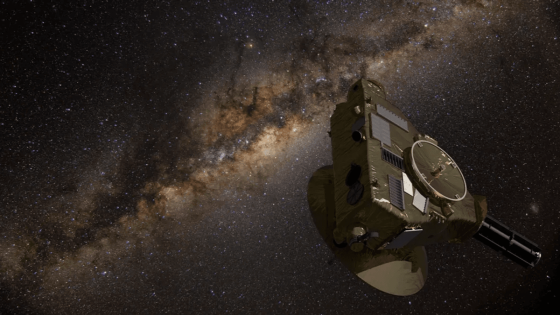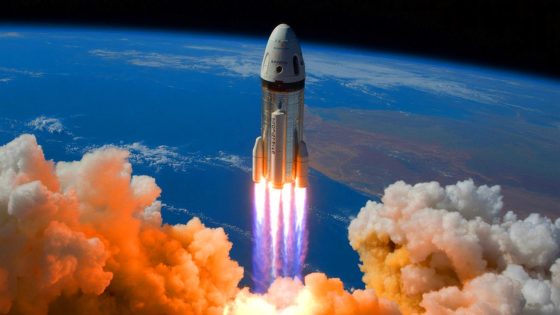Spacecraft are not like the starships seen in movies; they operate under strict scientific principles. The recent advancements in space exploration highlight our ability to send probes beyond the Solar System, with five spacecraft achieving the necessary speed and trajectory for interstellar travel. As of 2025-07-06 14:23:00, these missions showcase humanity’s ingenuity in overcoming the challenges of space travel.
- Spacecraft require fuel and orbital mechanics.
- Five probes are heading to interstellar space.
- Escape velocity for Earth is 11.2 km/s.
- Launching near the equator boosts efficiency.
- Satellites are in free fall around Earth.
- New Horizons is the fastest spacecraft.
Voyager 1 and 2, Pioneer 10 and 11, and New Horizons are the five probes that have successfully ventured into interstellar space. These missions illustrate the careful calculations required to escape Earth’s gravitational pull and navigate the vastness of space.
How do we achieve the speeds necessary for such remarkable journeys? The process involves overcoming significant gravitational forces and optimizing launch conditions. Key points include:
- Achieving escape velocity of 11.2 km/s is crucial for leaving Earth.
- Launching near the equator enhances efficiency due to Earth’s rotation.
- Spacecraft must reach over 42 km/s to escape the Sun’s influence.
- Gravity assists from planetary bodies can aid in gaining speed.
As we look to the future, the ongoing exploration of interstellar space could unlock new scientific discoveries and inspire the next generation of scientists and engineers.
































